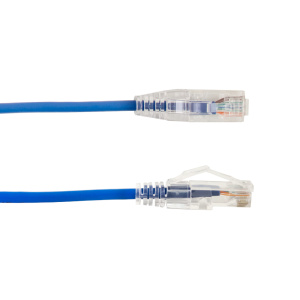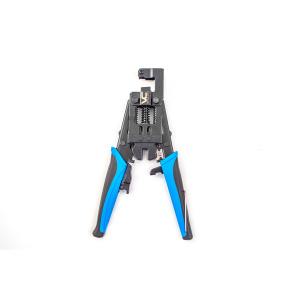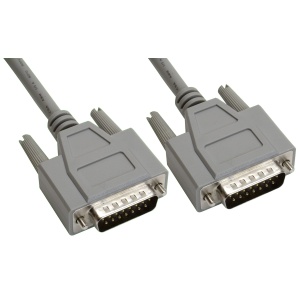Unleash the potential of variable frequency drives (VFDs) with the right cable—let’s dive deep into the world of VFD Cables and their undeniable significance!
I. Introduction: The ABCs of VFD
Before we delve into the specifics of VFD Cables, let’s unpack the concept of Variable Frequency Drives (VFD). As the backbone of many industrial applications, they are worth a closer look.
1.1 The Concept of Variable Frequency Drives
Variable Frequency Drives, also known as adjustable-speed drives, are a type of motor drive used to control the speed and torque of AC motors. They work by adjusting the frequency of the electrical supply to the motor. With the rise of energy-efficiency requirements and operational control demands, VFDs have grown in popularity across various industries.
1.2 How Does a VFD Work?
A VFD controls the speed of an AC motor by changing the frequency supplied to the motor. It does this through a three-stage process: Rectification, Intermediate DC link, and Inversion. This method of control is more efficient and versatile than other forms of speed control, making VFDs a hot commodity in the world of motor-driven machinery.
II. What is VFD Cable and Why It’s Crucial for Variable Frequency Drives
Now, let’s dive into the real deal—VFD Cables. These are the unsung heroes that ensure your VFDs function optimally.
2.1 Unraveling VFD Cables
VFD cables are specially designed to carry the power from the AC drive to the AC motor while ensuring smooth operation, reducing noise, and preventing potential damage or interference. These cables come with unique construction, including thicker insulation, shielding, and an overall robust design to withstand the electrical stresses produced by VFDs.
2.2 The Importance of VFD Cables for VFDs
Now, you may ask, “why can’t we use any cable?” The answer lies in the unique operation of VFDs. They produce fast voltage pulses rather than the smooth output you’d find in standard applications. This operation can lead to reflected waves, high-frequency noise, and potential motor damage. A VFD cable is designed specifically to handle these stresses, ensuring a smooth, reliable connection between your drive and motor.
III. The Components of VFD Cables
A VFD cable isn’t your average cable. It’s made up of several critical components that help it perform its duty. Let’s look at these components in detail.
3.1 Conductor
The conductor is essentially the “messenger” of the VFD cable, transmitting the electrical signals from the drive to the motor. It’s typically made of copper, known for its excellent conductivity.
3.2 Insulation
The insulation is the “bodyguard” of the VFD cable, protecting the conductor from damage and preventing electrical leakage. It’s usually made of a material like XLPE, which offers good electrical properties and resistance to heat and chemicals.
3.3 Shielding
The shielding is the “peacekeeper” of the VFD cable, preventing high-frequency noise from interfering with other equipment. It’s usually made of a layer of copper tape or braid.
IV. Choosing the Right VFD Cable for Your Application
Selecting the right VFD cable is essential for the optimal operation of your Vcan vary in terms of size, material, and construction, based on the manufacturer and the intended application.
7.3 How do I determine the right size of a VFD cable for my system?
The correct size of the VFD cable depends on the current rating of the drive and the distance to the motor. You may use cable sizing charts or consult with the cable manufacturer for precise determination.
7.4 How often should I replace my VFD cables?
There isn’t a set replacement interval for VFD cables. Their lifespan depends on the operating conditions and maintenance. Regular inspections can help detect signs of wear and tear.
7.5 Is shielding necessary in a VFD cable?
Yes, shielding is crucial in a VFD cable. It prevents high-frequency noise generated by VFDs from interfering with other equipment.
7.6 How can I extend the life of my VFD cables?
Regular inspection, avoiding sharp bends, maintaining optimal operating conditions, and using appropriate cable management systems can help extend the life of your VFD cables.
VIII. Conclusion: Making the Right Connections with VFD Cables
In conclusion, “What is VFD Cable and Why It’s Crucial for Variable Frequency Drives” isn’t just a question, but a testament to the critical role of these cables in any VFD system. Understanding their structure, function, and the factors affecting their performance can help you make the most of your VFD systems and drive your operations to greater heights. So, remember, the right connections make a world of difference, and it all begins with a VFD Cable!












